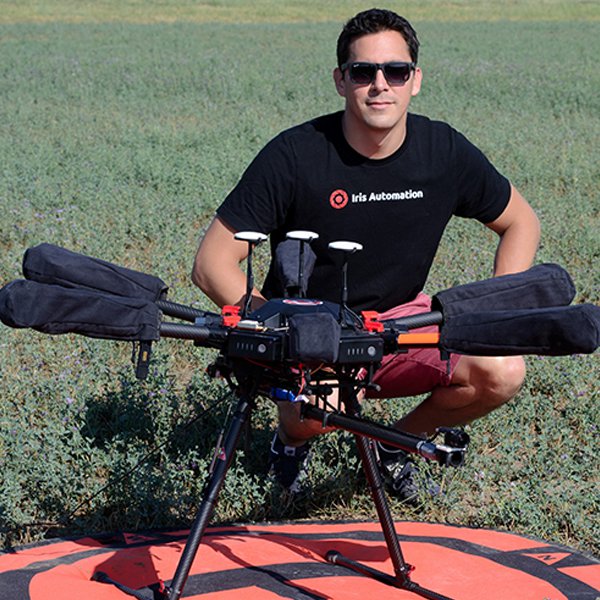Drones are on fashion. A few years
ago, no one would have thought that these small flying machines would be able
to distribute medical supplies in emergency situations or handle infrastructure
maintenance inspections. In fact, all of this is already possible, and
furthermore, the market for unmanned aircraft continues to grow. Revenues from
this market could exceed 10 billion euros in 2020, according to a Gartner
report. The potential of drones seems immense, however they still face
technical and legal challenges, such as not being able to fly beyond the line
of sight of the operator or surpass speeds of over 30 meters per second. Both
situations limit the operator's room to maneuver to avoid collisions.
Increasingly, more research is attempting to overcome these challenges by
turning drones into autonomous devices, capable of understanding their
environment and tasks. However, they tend to fall short on some counts: cost,
weight, energy consumption and computing power. To overcome all these problems
Alejandro Galindo, Head of R&D at Iris Automation, has ventured to combine
artificial intelligence with a visual detection system. On the strength of this
proposal, the young man has been chosen as one of the winners of Innovators
Under 35 Latin America 2017 by the MIT Technology Review, Spanish edition.
"There are several drones that can avoid certain types of collisions, but
they operate at very, very short distances and can only follow the user or a
marked path," says Galindo, adding, "Most are designed to perform
minor tasks or for recreational use. " The result of combining AI with
artificial vision is a drone which is capable of analyzing what it can see up
to a range of about 500 meters and developing new flight routes, evasive
maneuvers and emergency landings to avoid hazards, both autonomously and
safely.
The detection system consists of a small camera with a high-powered processor
(it has a CPU equivalent to that of a standard laptop and a 1.5 teraflop GPU to
satisfy all the computing power required). This processor itself is
manufactured in-house. The key to this product is in its software, which gives
the drone the intelligence to distinguish between static solid objects (such as
mountains, trees or high-voltage lines) and moving objects (for example another
drone, airplanes or birds). "It's not just about avoiding a collision,
much of its work takes place pre-flight," explains Galindo.
His project is already a reality. The alpha version of the product is now ready
and its first commercial model (limited to corporate customers) is due to go on
sale in December this year. In addition to having committed investment worth
two million dollars (1.8 million euros), the company is already collaborating
with other major customers to finish profiling the software.
At the legislative level, Iris Automation is working closely with NASA's drone
research center, the National Research Council of Canada and other regulatory
bodies to integrate the anti-collision system into existing regulations. Its
potential applications could penetrate all industry sectors, although Galindo
is clear that he has ruled out involvement in the development of military
applications.
The work of this young man "will have a huge impact on the drone industry,
but also on the other vehicle industries," says Constanza Nieto, founder
and CEO of Globaltech Bridge (USA). For the Innovators under 35 Awards in Latin
America 2017 jury member the fact that "the technology is being tested,
has raised capital and already has potential customers ready to use it, is a
great testament to the potential of the solution it offers."




